Today, it’s possible to order almost any product online and receive it the next day with a press of a button. Now, companies like Amazon and Google are taking that idea one step further, experimenting with airborne drones to deliver parcels to customers’ doorsteps mere hours after they make a purchase.
Alphabet, Google’s parent company, wants to begin delivering packages via drones to consumers by 2017. Amazon has been vocal about its plans for drone delivery, which the company calls Amazon Prime Air. It claims Prime Air will “safely get packages into consumers’ hands in 30 minutes or less.” Walmart recently applied to U.S. regulators for permission to test drones for home delivery, too.
The promise of receiving items minutes after they’re ordered is enticing. But there are several roadblocks to navigate before that world becomes a reality. The biggest hurdle is regulation — the Federal Aviation Administration, which oversees American airspace, has been slow to establish clear-cut rules regarding commercial drone use and delivery. The FAA expects to issue more concrete rules in the coming months, but that process has been delayed several times in the past.
That doesn’t mean we’ll never get our next Amazon Prime order delivered by a drone. “It will probably happen, but there are sizable obstacles to overcome,” says David Vanderhoof, the co-host of UAV Digest, a weekly podcast covering unmanned aerial vehicle systems.
One big challenge is keeping the skies safe. Amazon has proposed a plan that would designate certain airspace for low- and high-speed drones. But drones are also banned from flying within five miles of an airport unless special permission is granted. That could be troublesome for shoppers who live near airports and want same-day delivery — much of New York City, for instance, is considered verboten for drone traffic under this rule.
Then there’s the question of technology. Vanderhoof noted that lithium ion batteries, a variation of which power some consumer drones, such as the popular DJI Phantom, may not provide enough power for the aircraft to haul heavy packages over long distances. “If you have a 30-minute lifespan, you’re only going to get about 20 minutes of flying,” he says. “Those are the kinds of things we need to be thinking about.”
Drone Country: See America From Above

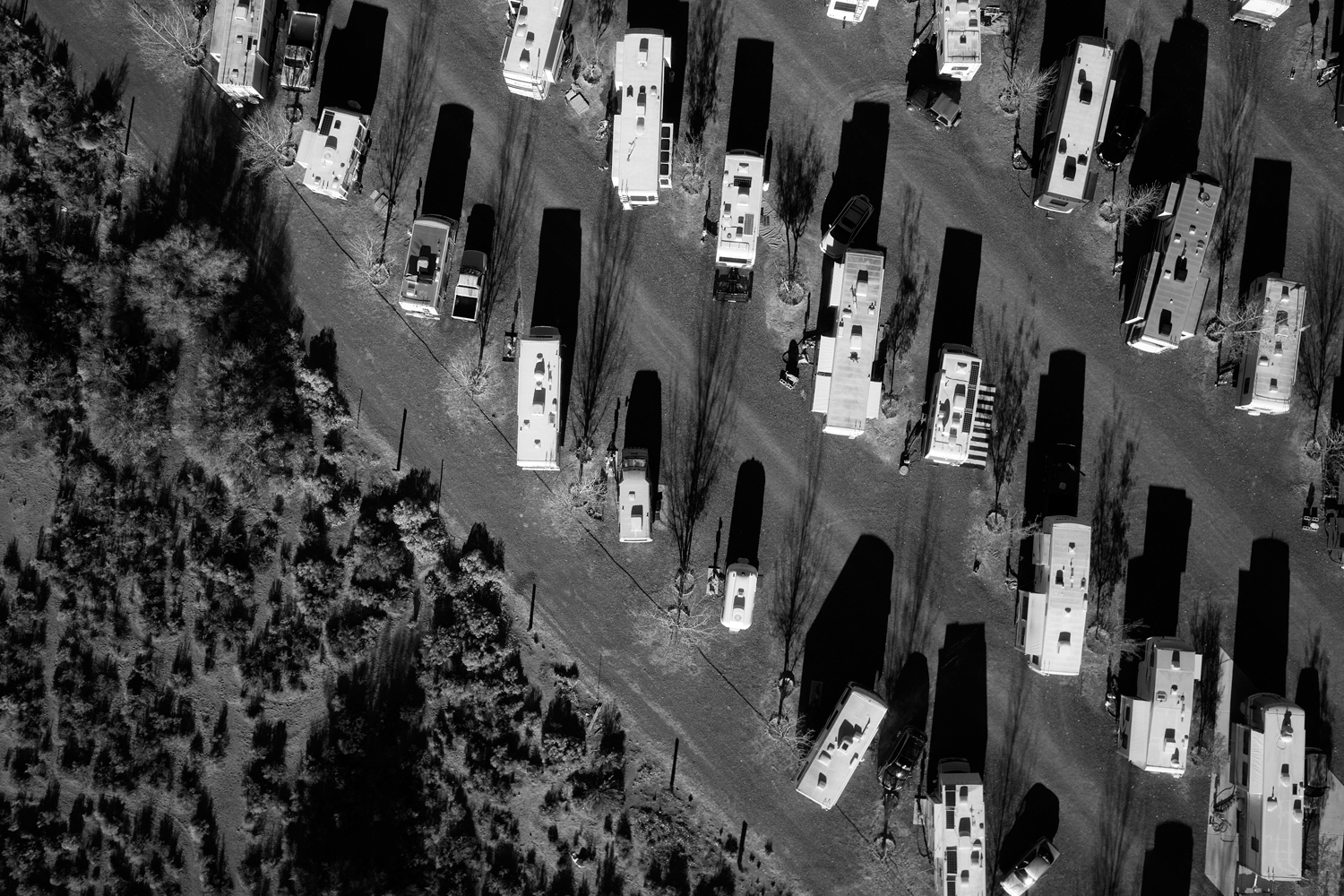
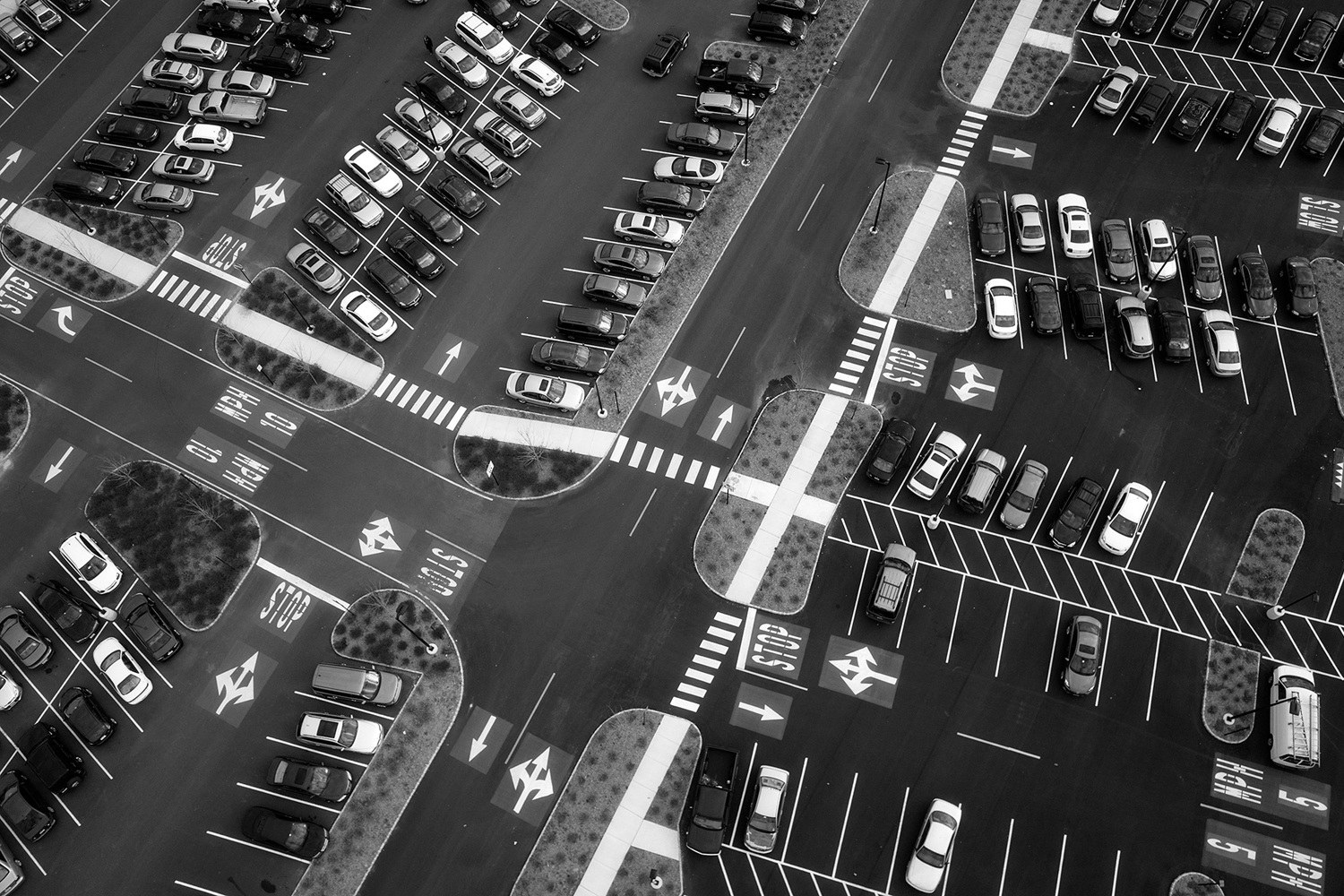
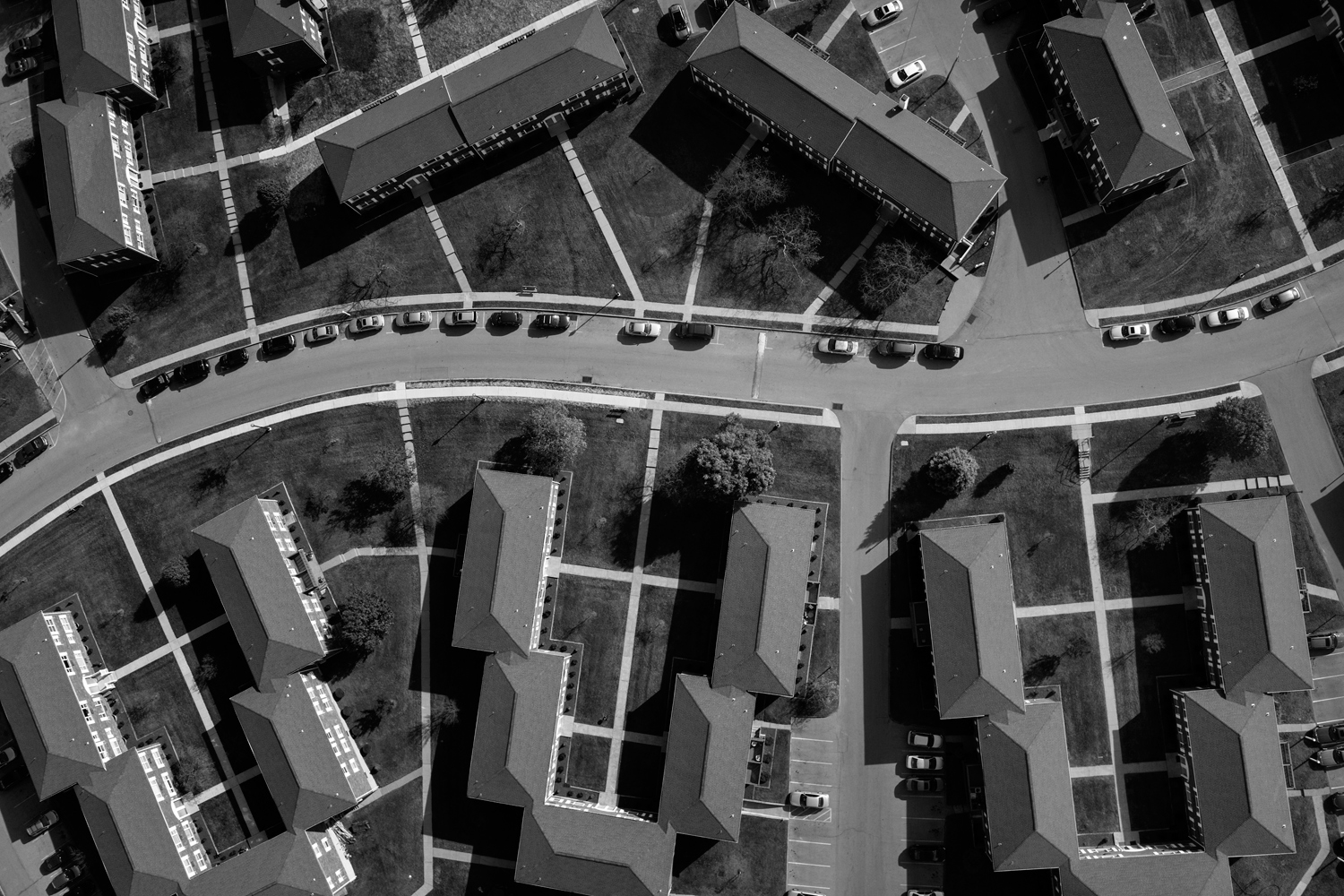

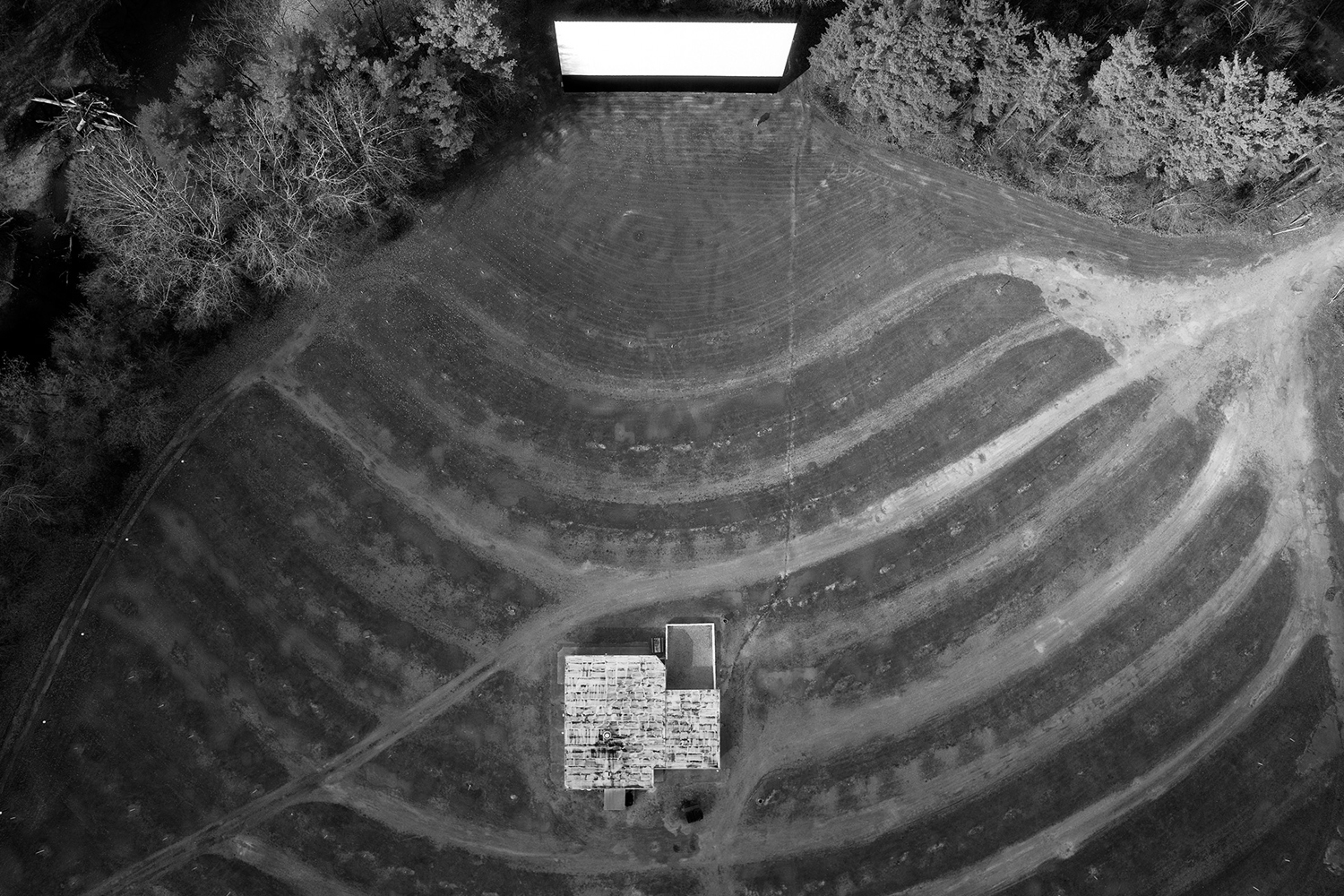
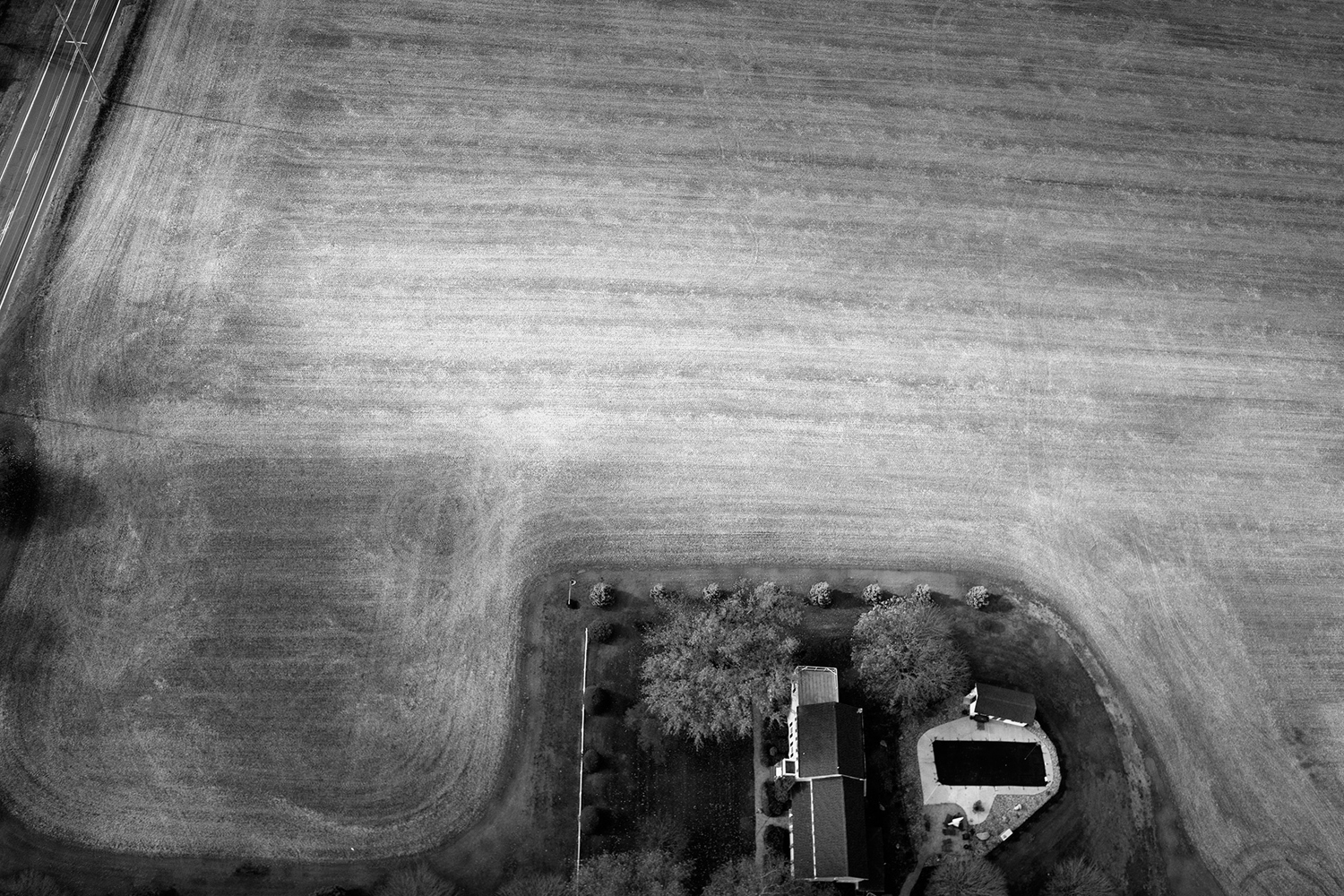

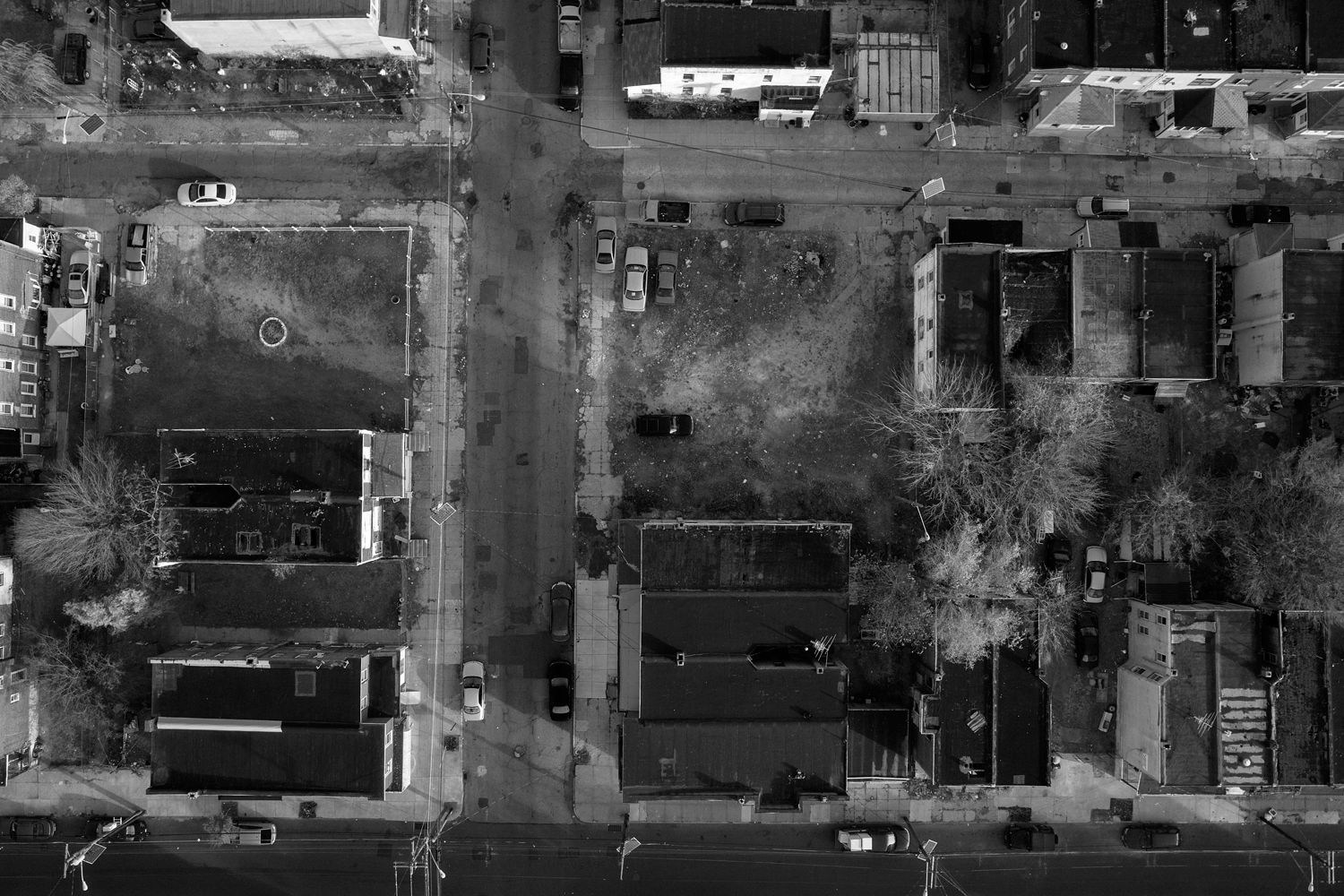
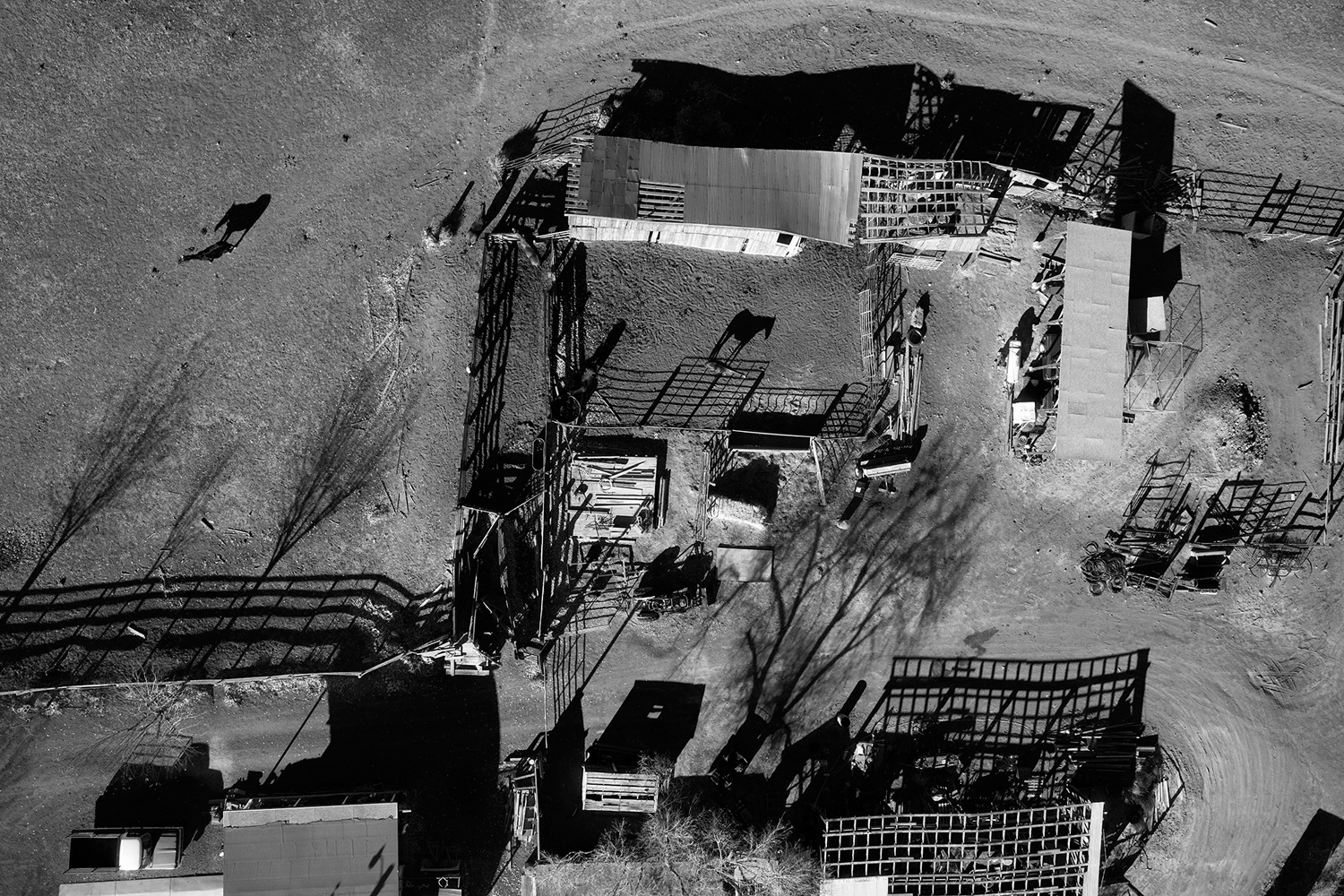



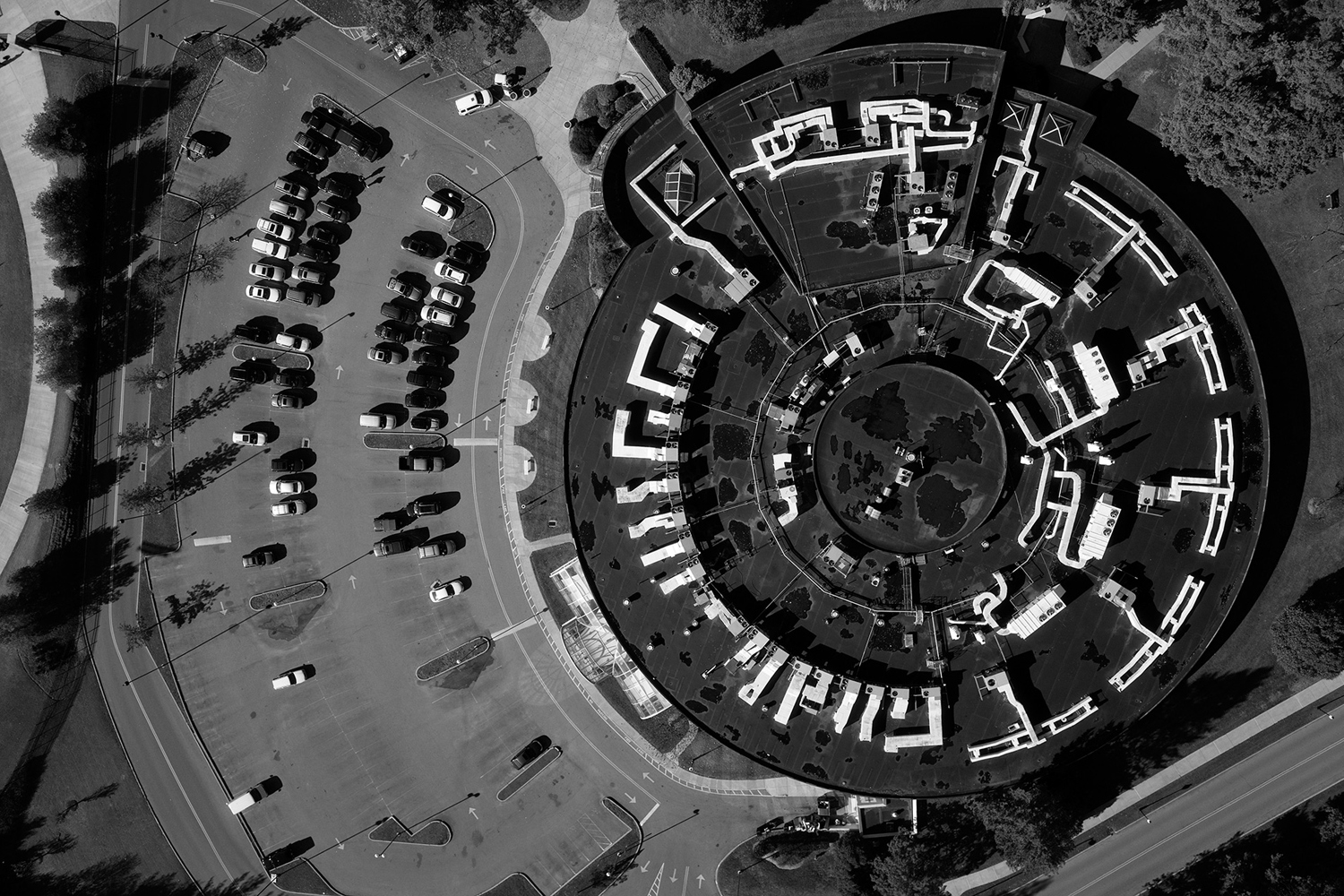
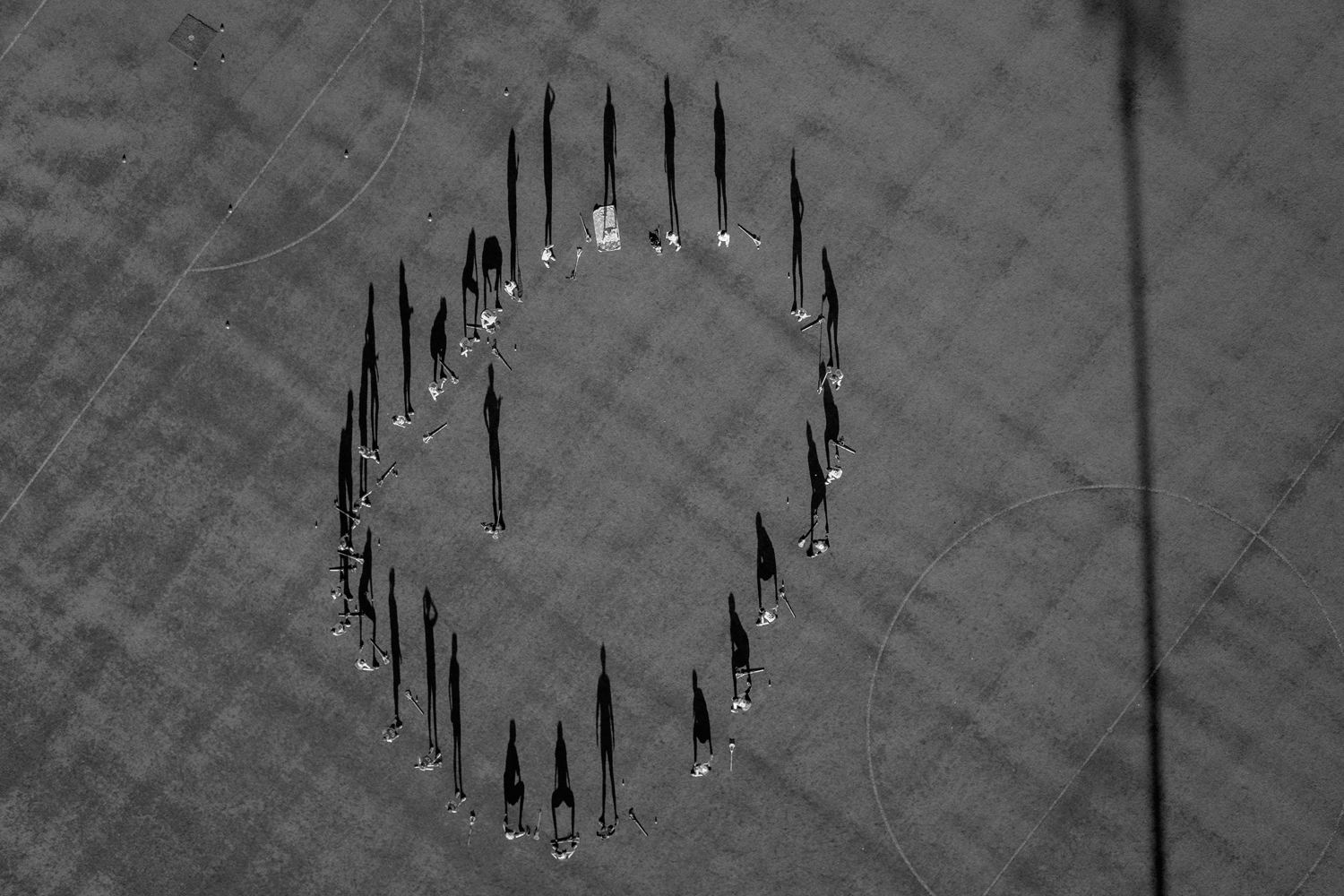

It’s unclear how drone delivers could change the shopping experience. While it’s too early to know exactly how these same-day delivery programs will work, it seems plausible to think near-instant delivery would be priced differently than standard shipping. Vanderhoof speculates that companies like Google and Amazon could offer a trial version that offers shipping via drone for free or at a discount while the system is in its early stages.
“Eventually if the technology matures, the prices will go down, and maybe in the late 21st century drone delivery will be as common as FedEx or UPS,” he says. “That’s being very optimistic.”
Brian Kilcourse, managing partner at Retail Systems Research, agreed that a try-before-you-buy system for drone delivery could be feasible. But then these companies would have to find a price that customers are willing to spend for rapid delivery. “So that’s the challenge,” says Kilcourse. “Offer a taste-and-try opportunity and then [these companies] introduce a fee.”
But by far the biggest thing standing in the way of drone deliveries is this: Customers might not actually want it.
“All of it sounds new and exciting, but the question hasn’t been answered,” says Kilcourse. “Do consumers really need that? Is it a surprise to you that you might need a new pair of shoes for the winter? It’s important to remember that most of the purchases we make every day, most of them are routine . . . I’m not too sure that the driving use case has really been defined, and I’m not at all clear that consumers would pay for the privilege.”
More Must-Reads from TIME
- Donald Trump Is TIME's 2024 Person of the Year
- Why We Chose Trump as Person of the Year
- Is Intermittent Fasting Good or Bad for You?
- The 100 Must-Read Books of 2024
- The 20 Best Christmas TV Episodes
- Column: If Optimism Feels Ridiculous Now, Try Hope
- The Future of Climate Action Is Trade Policy
- Merle Bombardieri Is Helping People Make the Baby Decision
Contact us at letters@time.com